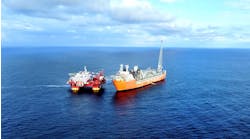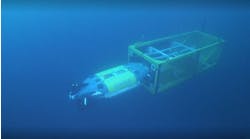Offshore staff
KENSINGTON, Australia – National Energy Resources Australia (NERA) is providing A$145,000 ($115,000) of funding for the Transforming Australia Subsea Equipment Reliability (TASER) project.
Wood is leading the program in collaboration with Chevron, Shell, and Woodside.
TASER is a follow-up to theSubsea Equipment Australian Reliability joint industry project (SEAR JIP) also led by Wood and supported by various operators.
The main goals are sharing knowledge to improve subsea equipment design and reducing the need for costly and time-consuming interventions in Australia’s challenging offshore, warm water environment.
Offshore northernAustralia, marine fouling impacts the performance of subsea equipment, probably due to the combination of the water composition, light, oxygen, and temperature.
TASER will create a ‘living laboratory’ to assess the effectiveness of novel coatings, materials, and technologies against calcareous deposition and marine organism growth on subsea equipment.
Robin Watson, Wood’s chief executive, said: “The project will enable a better understanding of subsea equipment failures and intervention requirements and has the potential to offer significant cost savings to operators by maximizing equipment reliability, availability and therefore production uptime.”
NERA chief executive Miranda Taylor added: “Digital technologies and ‘living laboratories’ allow faster, safer adaption, testing and application of the technologies needed to optimize performance of the oil and gas industry’s subsea equipment.
“NERA is supporting the TASER project as it will bring operators and vendors together to share, collaborate, and address industry challenges in real life conditions.”
Various vendors are loaning equipment to be tested underwater over a three-year period, with University of Western Australia researchers validating the results.
02/15/2018


